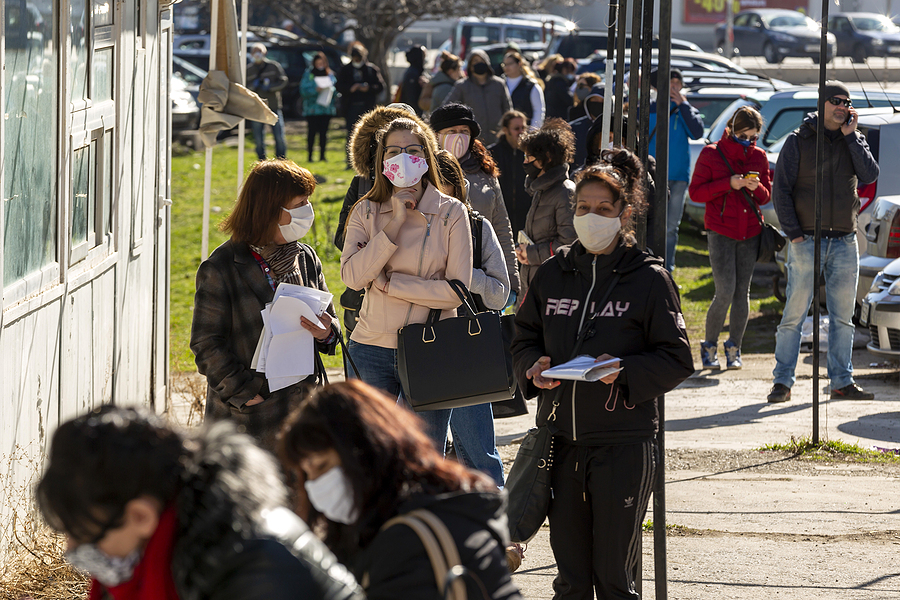TRENTON, NJ – The grades are in. The National Bureau of Economic Research has ranked all 50 states on how well they handled the COVID-19 public emergency and pandemic response, and New Jersey got an F-minus.
New Jersey didn’t even finish in the top 50. Under Governor Phil Murphy’s extended draconian lockdown, the state finished 51st, dead last, behind the District of Columbia. Period. Full Stop.
“The COVID-19 pandemic was distinct from other previous health pandemics in the degree to which we saw government interventions in the economy and suspension of individual freedoms – including policies such as lockdowns, curfews, mask and vaccine mandates, mandatory business closures, school shutdowns, and so on,” NBER said. “After the first several months of the pandemic, decisions about the most effective policies to balance health risks and allow businesses to stay open and workers to go to work, as well as keeping schools, stores, churches, and parks open and under what conditions were left to the 50 states. The purpose of this paper is to measure and compare the different economic and health trajectories across the 50 states and DC.”
What is most glaring about the report is the state’s COVID-19 death rate. At 379.5 per 100,000, New Jersey is behind only New York and Nevada. New Jersey was also in the bottom percentiles when it came to percentage of in-school days. It came in dead last when it came to the unemployment picture. Thousands of people waited sometimes months before they received their New Jersey Unemployment Benefits. Even today, the New Jersey Motor Vehicle Commission officers remain closed to appointment only.
The report also found that locked down states did not have better economic or health outcomes than states that did not lock down. In fact, New Jersey and New York, two of the most talked about lockdown states finished at the bottom in both health and economy scores.
“Excluding the geographically unusual cases of Hawaii and Alaska to focus on the continental U.S., there is no apparent relationship between reduced economic activity during the pandemic and our composite mortality measure,” the report found.
While the report found no links between lockdowns and better health and education outcomes for residents, it did find that states with the highest obesity levels fared worse than the fit states.
“Pandemic mortality was greater in states where obesity, diabetes, and old age were more prevalent before the pandemic,” the report claimed. “Economic activity was less in states that had been intensive in, especially, accommodations and food. Still, much residual variation in both mortality and economic activity remains even after controlling for these factors because the 50 states and DC took very different approaches to confronting the Covid pandemic.”
